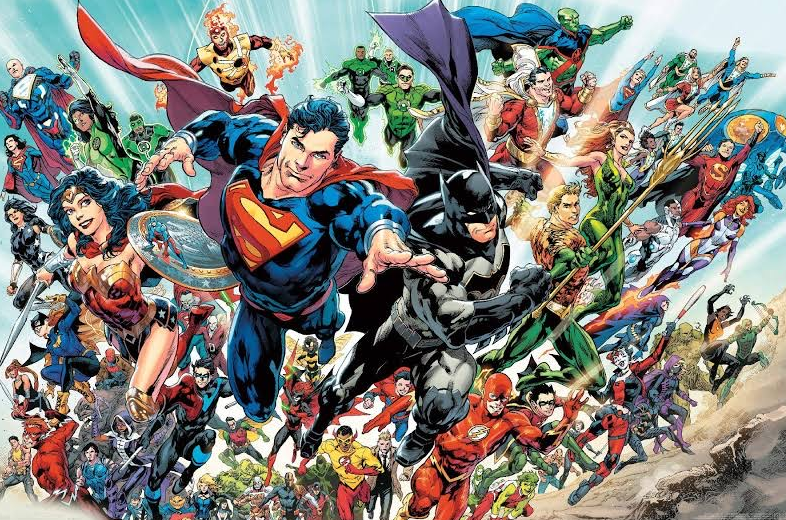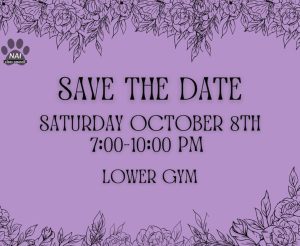An Overview of Diwali: A Festival of Lights
Decorations and candles as part of a family’s typical Diwali celebration.
December 6, 2021
North Allegheny’s diverse student body celebrates a variety of traditions and holidays. During the first week of November, many students took part in celebrating the Hindu holiday of Diwali.
Diwali is a festival of lights. Sophomore Chandni Srinivas described the history of the holiday as a fight between two gods, one representing light and one representing darkness. The god of light won, good prevailing over evil.
Due to this victory of light over darkness, celebrators of Diwali use sparklers and fireworks to light up the night sky. Often people light candles that burn throughout the day and night. In Pennsylvania, it is illegal to sell any major fireworks, so families have smaller, more subdued celebrations.
Srinivas said, “One thing we [her family] do is we like to get these pops that when they get thrown on the ground make noise.” As mentioned before, these aren’t sold in Pennsylvania, she only was able to use these in her old house in Michigan.
Diwali occurs around the same time every year, usually in October. It follows the Hindu lunar calendar, which is very important to many aspects of the Hindu faith. The celebration usually lasts several days.
It is a religious holiday with many traditions and foods important to Hindu culture. Prasad is an offering to the gods, usually of a variety of foods including sweets. While it is an offering to the gods, the offerors do get to eat it. This holiday is used to connect people with the Hindu gods. Celebrators perform pooja, which is a time to sit down and worship for a while.
Diwali is a celebration with important religious context and a bright history. Many students celebrate it at North Allegheny, so it is important to know the story behind the holiday.












